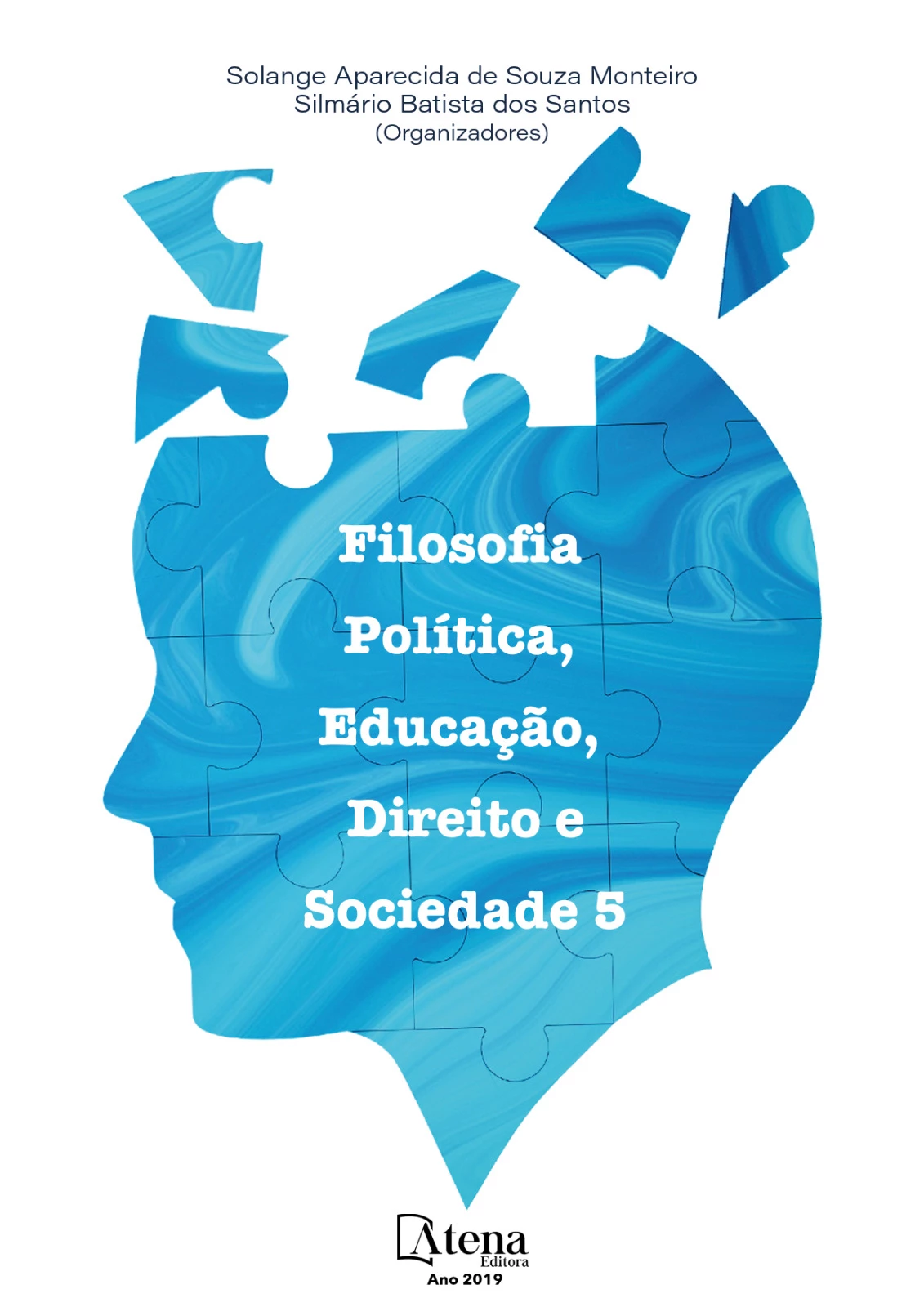
EDUCAÇÃO A DISTÂNCIA: LIMITES E CONTRADIÇÕES DA PROFISSIONALIZAÇÃO DOCENTE NA MODALIDADE
Na sociedade contemporânea, a
Educação a Distância (EAD) é considerada
como modalidade da educação que possibilita
diferentes formas de ensino e aprendizagem.
No século XX, nota-se a expansão de propostas
da modalidade em vários níveis de ensino,
porém, a EAD encontra-se permeada por
dificuldades para sua completa materialização,
as quais nomeamos limites e contradições. Este
trabalho tem o objetivo discutir a modalidade
EAD a partir de duas categorias de análise: as
contradições e os limites da profissionalização
docente, bem como compreender como as
políticas educacionais tratam esta modalidade
de ensino, e as medidas desempenhadas
pela legislação para que a EAD se efetive.
Trata-se de um estudo qualitativo, pautado por
pesquisa documental e revisão bibliográfica
para conceituar a EAD, como BELLONI
(2001; 2008), GUAREZI, (2009), MOORE e
KEARSLEY (2007), além de autores que tem
demonstrado preocupação com as políticas
educacionais voltadas à modalidade, tais como;
como NETO (2008), PRETI (1998), SILVA
(2006). Verificamos que ao professor atuante na
Educação a Distância é exigido o atendimento a
uma série de novas competências e habilidades,
dentre as habilidades imprescindíveis listadas
estão aquelas relacionadas a: estética dos
materiais didáticos, formulação e cumprimento
de objetivos pedagógicos - aliados às condições
da distância física, adequações do conteúdo
aos formatos das novas mídias e aspectos
relacionados as novas rotinas de trabalho e
comunicação com os alunos. Este conjunto de
habilidades e competências, provenientes do
exercício da modalidade, tem trazido muitos
desafios para a sua efetiva implantação com
qualidade, principalmente no que se refere à
profissionalização docente.
EDUCAÇÃO A DISTÂNCIA: LIMITES E CONTRADIÇÕES DA PROFISSIONALIZAÇÃO DOCENTE NA MODALIDADE
-
DOI: 10.22533/at.ed.98819040216
-
Palavras-chave: Ensino a distância; Educação; Profissionalização.
-
Keywords: Distance Learning; Education; Professionalization.
-
Abstract:
In contemporary society, the
Distance Learning is considered as a form
of education that enables different ways of
teaching and learning. In the twentieth century,
there are the expansion proposals of the sport in
various levels of education, however, the EAD is
permeated by difficulties in its full materialization,
which we named limits and contradictions. From this assumption, the purpose of this
article relates to analyze the limitations and contradictions of the sport for education, as
well as understand how education policies treat this type of education, and the measures
undertaken by the legislation to the EAD becomes effective. This is a qualitative study
based on oficcial documents and literature review to conceptualize Distance Learning,
as BELLONI (2001; 2008), GUAREZI, (2009), MOORE and KEARSLEY (2007), and
authors who have shown concern with the educational policies for the sport, such as;
as NETO (2008), PRETI (1998), Silva (2006). It was established two categories of
analysis; the contradictions and limits on teacher professionalization. We verified that
the teacher active in distance education is required to serve a number of new skills and
abilities and among the listed essential skills are those related to; aesthetics of teaching
materials, design and fulfillment of educational goals - allied to conditions of physical
distance, adjustments to the content of new media formats and aspects related to new
work routines and communication with students. This set of skills and expertise from
the exercise of the sport has brought many challenges for effective implementation with
the quality of this type of education, especially in regard to teacher professionalization.
-
Número de páginas: 15
- Paula Eliane Costa Rocha


